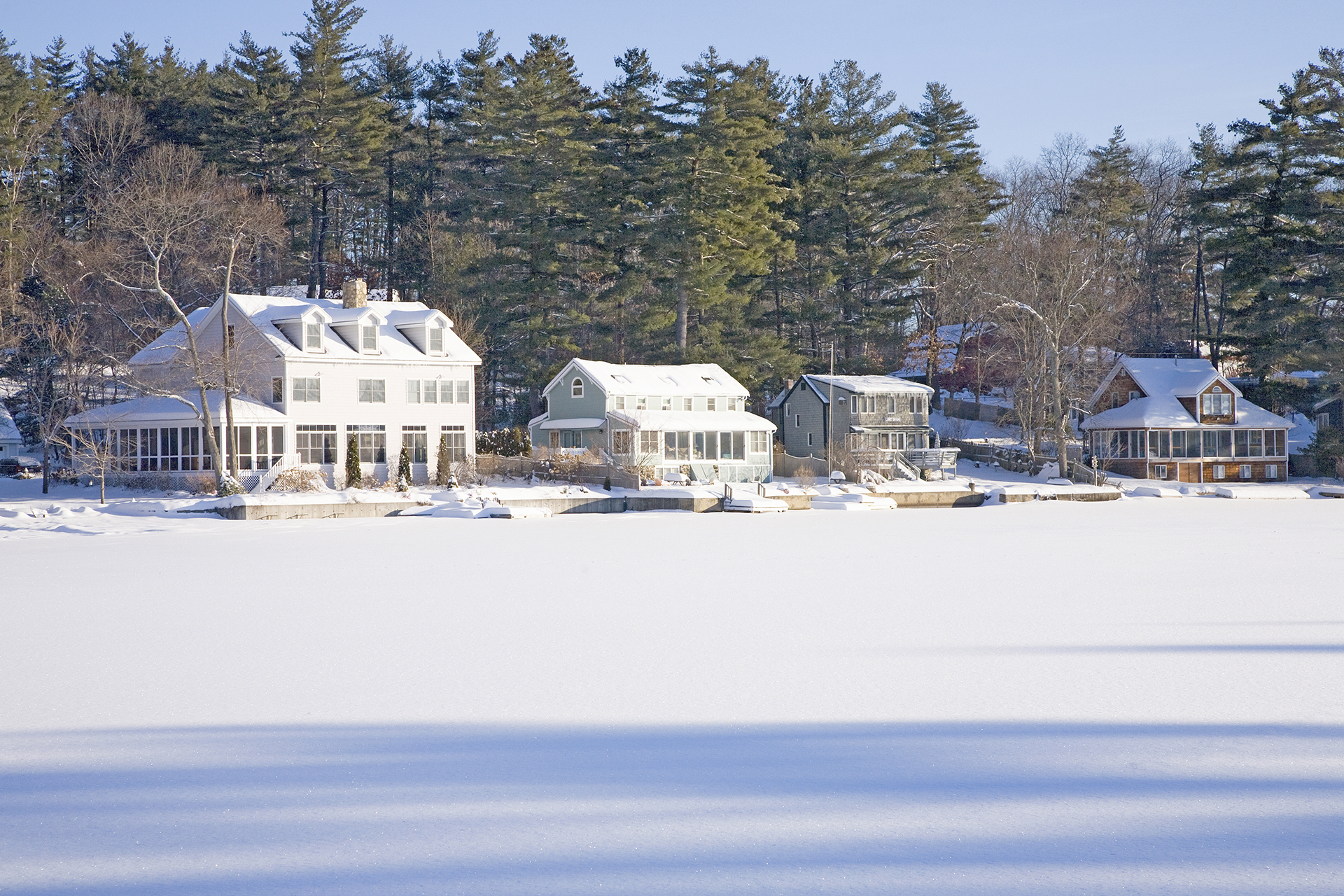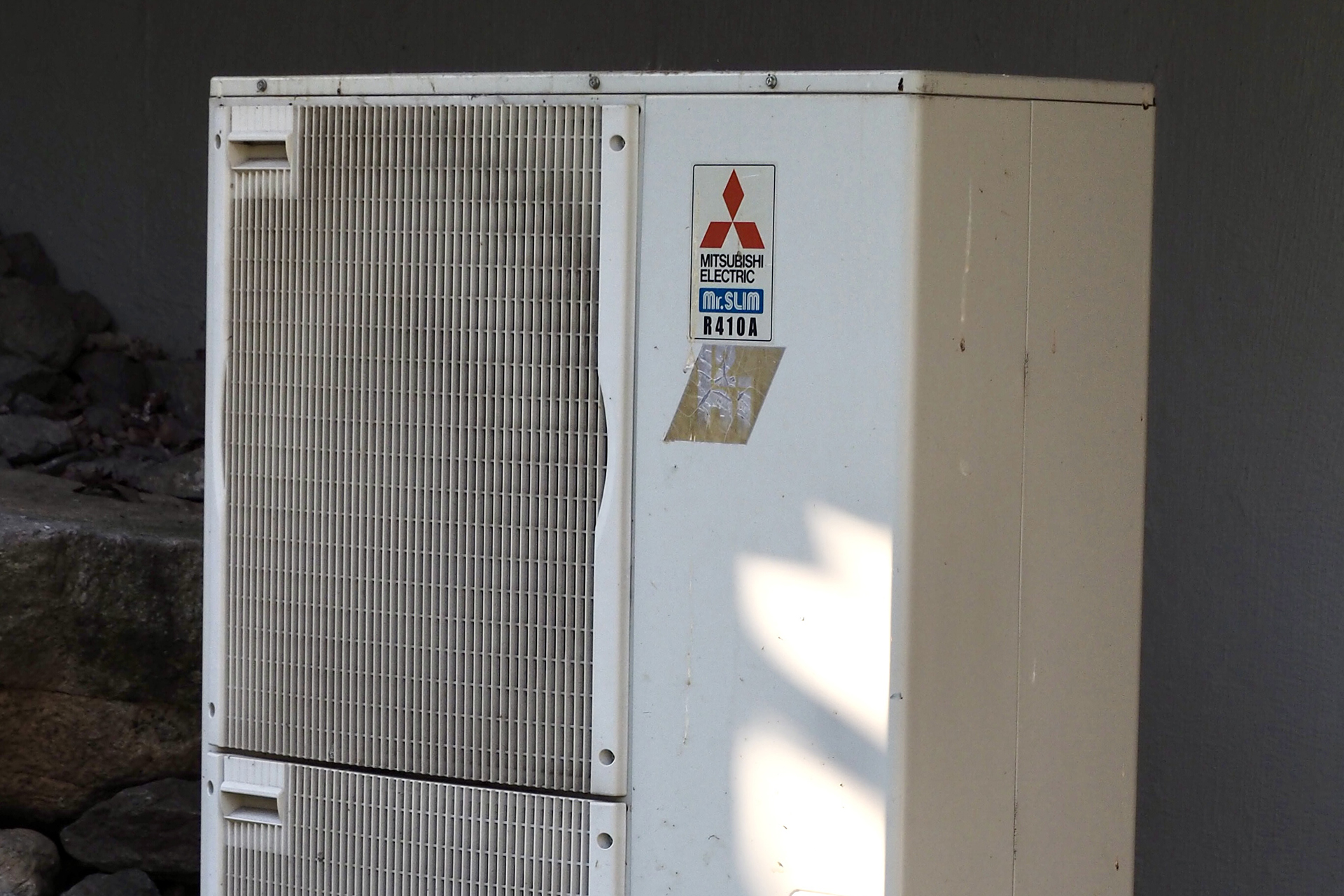A Greener Way to Heat Your Home
January 01, 2023
After being out on a chilly day, there is nothing better than coming back to a cozy warm home.
For decades, many homes relied on nonrenewable energy sources like coal and fossil fuels for heat. During the early 1970s, electric heat sources were promoted as a more sustainable alternative for homeowners to heat and cool their homes, but those systems proved to be extremely inefficient and expensive to operate as electricity rates increased. With technological advances in recent decades, electric heat pumps have evolved to be an effective and affordable way to green your winter warm-up.
Heat Pump 101
There are primarily two types of systems: ground source, aka geothermal, and air source, both of which can be ducted or ductless.
Geothermal heat pumps have a ground loop installed directly into the earth that uses heat energy below the surface. However, this can be costly because of the excavation process for horizontal loops or drilling wells for vertical loops.
More cost-effective, cold climate air source heat pumps use the energy in outdoor air to heat buildings. They do this by utilizing the first law of thermodynamics, which basically says that heat energy always flows from hot to cold. Heat pumps take advantage of this notion by using a copper tubing circuit containing a refrigerant that is much colder than the outside temperature. So, even on a frigid, below-zero day, the rod attracts the “warmer” outside air. The refrigerant captures that warmth and is then sent through a compressor, which pressurizes it into very hot vapor. This hot refrigerant is then pumped through an air handler inside the home, where it gives off its heat.
Ducted vs. Ductless
Both ducted and ductless (also known as mini split units) air source heat pumps have an outdoor unit that looks similar to the big, noisy metal boxes that traditional HVAC systems use, but they are much quieter and more efficient. Ducted systems can use preexisting ductwork and vents in the home, while ductless units are typically hung on exterior walls and just need a hockey puck-sized hole to connect the indoor and outdoor equipment.
Both have the added benefit of offering air conditioning during the summer, which is also much more efficient than traditional a/c window units. A special reversing valve in heat pumps uses the same process as heating the home but runs in reverse.
Ready for a Heat Pump? Step One: Assess Your Home
The key to a well-performing heat pump is the condition of the building—older homes and buildings may need insulation and air sealing upgrades to maximize its performance in extreme weather.
Before installing any system into your home, you will want to get an energy audit. These audits look at the insulation efficiency in the home. Mass Save and many municipal power companies offer free energy assessments. Based on what they find, they can also help businesses and residents save money and energy via rebates, no-interest loans, air sealing, and heavily discounted insulation (or, if you have a moderate income or are a renter, insulation work at no cost).
How to Not Break the Bank
While you may save money in the long run, installing heat pumps can have a pretty high price tag. Luckily there are state and federal rebates and tax incentives for homeowners. Mass Save and other municipal power companies offer rebates based on the size of heat pump you install.
Green Energy Consumers Alliance is another good source for information about heat pumps, and it partners with Abode Energy Management to provide technical consultations and referrals to trusted contractors for homeowners assessing their options for cost-effective heating solutions.
Leading By Example: Heat Pumps at Mass Audubon
Mass Audubon is working to make our buildings more energy efficient by auditing and replacing natural gas, propane, and heating oil, and increasing our usage of renewable energy. Not only are we trying to help the Commonwealth achieve its ambitious climate goals by 2050, we also want to share what we learn with our members, supporters, and visitors.
Mass Audubon currently has nine buildings that are fully heated and cooled by heat pumps and use zero fossil fuels. In 2022, we installed new systems at Pleasant Valley Wildlife Sanctuary in Lenox and the Joppa Flats Education Center in Newburyport. All of these buildings have visible interior and exterior components that staff are happy to show visitors and answer any questions.
Installing heat pumps is just one of the ways Mass Audubon is leading by example and creating a pathway to reach net zero as an organization.
This article was featured in the Winter 2023 issue of Explore, Mass Audubon's member newsletter.
Stay Connected
Don't miss a beat on all the ways you can get outdoors, celebrate nature, and get involved.




